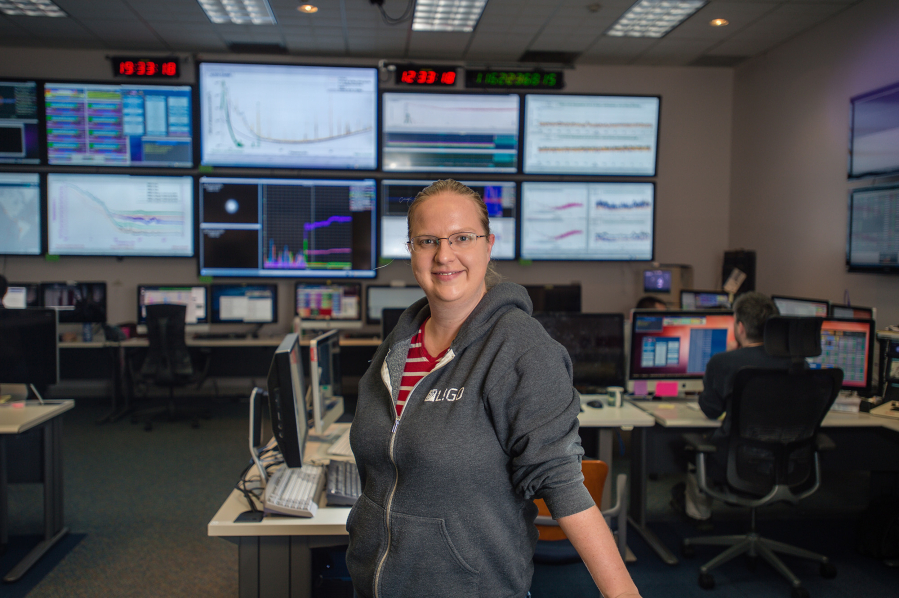When three scientists made the breakthrough that earned them this year’s Nobel Physics Prize, a couple of former Clark County students were part of the team.
Jenne Driggers and Cody Messick took part in the Laser Interferometer Gravitational-Wave Observatory (LIGO) project, which includes a Washington facility at Hanford.
The Nobel Prize went to Kip Thorne and Barry Barish of the California Institute of Technology and Rainer Weiss of the Massachusetts Institute of Technology.
“While of course the prize actually goes to Rai, Kip, and Barry, I feel like I’ve won 1/1000th of a Nobel Prize, too,” Driggers said in an email Tuesday morning from the LIGO facility.
“As a grad student, it was an amazing opportunity,” Messick said by phone from Penn State University. “I’ve heard about these prizes for so long. Obviously, my name isn’t on them, but it’s an incredible experience to be mentioned in proximity to them.”
The team’s observation of gravitational waves, which Albert Einstein first predicted a century ago, was made in September 2015.
Driggers, who attended schools in the Evergreen district, is a postdoctoral researcher at California Institute of Technology in Pasadena and is stationed at the Hanford laboratory. Her job is to improve the accuracy of the interferometer. In an earlier interview, she likened it to turning on the radio and listening to music through static and crackle. “We have to get rid of the static and crackle.”
Tuesday morning, she reflected on that work.
“It’s celebratory days like today, and the days of our announcements of new gravitational waves, that help remind me why we do the work that we do: We’re learning about the universe, and sharing that knowledge with everyone in the world,” she continued.
“One of the biggest rewards is hearing nonscientists interested in and excited about gravitational waves, black holes, and the universe,” Driggers said.
Messick graduated from Prairie High School in 2008. He attended Clark College before transferring to the University of Washington. He now is a now is a doctoral candidate in physics at Penn State University.
Messick said that he participated in the project there, far from the Hanford lab.
“Jenne is on the instrumentation side,” Messick said. “I am more of a pure data analyst. All my work has been at Penn State.”
Messick recently was honored by the Clark College Foundation as its 2017 Rising Star.
The award, which honors Clark College alums 35 and younger, will be presented during the foundation’s Outstanding Alumni events in November.




